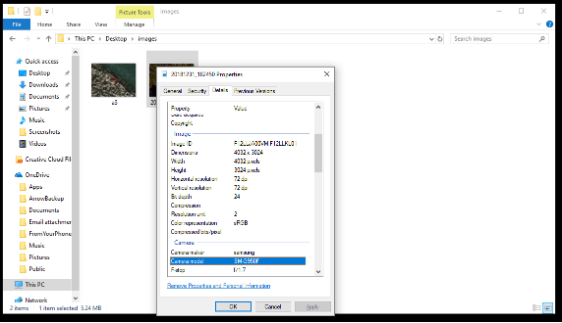FINDING AND RECORDING METADATA
Applying the leads and content worthy of further examination.
Your results will constantly improve through a circular process that involves: starting with reliable sources for leads; methodical searches of key platforms based on an understanding of the preferred means of communication; expanding, curating and perfecting those searches based on new information gained throughout the process.
From there, seek original content and corroborating information to get as close to the sources and the story as possible.
Systematically logging metadata associated with a piece of content should be your goal. This metadata will vary based on how close an investigation can get to the original of any piece of content.
An original photo or video sourced directly from the owner, or via an archiving or FTP website, may contain original technical metadata about the camera, phone, time and location. Though this should not be trusted implicitly, it may provide some useful starting point for verification.

